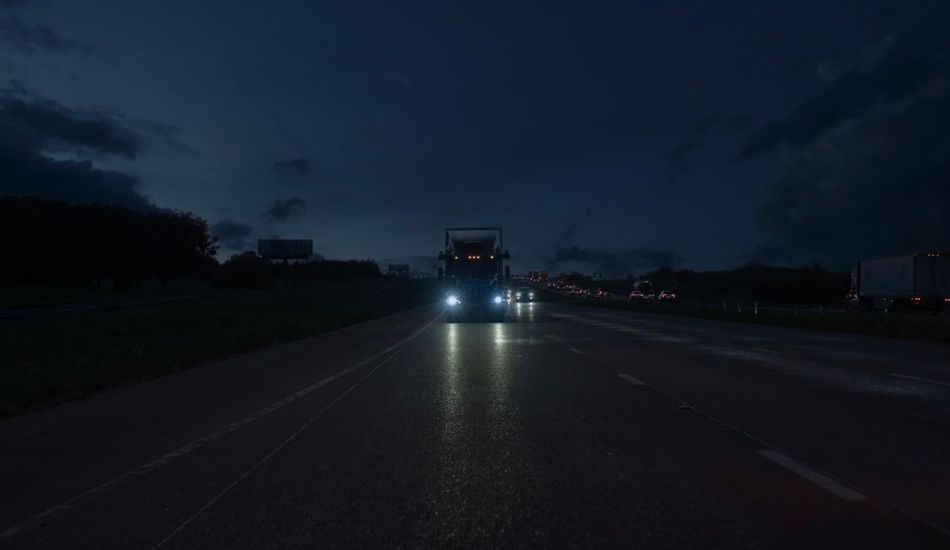
Aurora's Self-Driving Trucks Expand Operations: Night Driving Validated
Aurora Innovation is making serious strides in the world of autonomous trucking. I'm talking about driverless big rigs hauling goods across state lines! Their CEO, Chris Urmson, has his sights set on "unlocking" the Sunbelt, that southern stretch of the U.S. where these trucks can really shine.
As of now, they've got three trucks running between Dallas and Houston, and they've racked up over 20,000 driverless miles by the end of June. But before you picture completely empty cabs, there's a human "observer" on board – just in case, although they aren't supposed to actually drive.
One of the coolest things they've achieved is validating nighttime operation. I mean, think about it – being able to drive safely and reliably in the dark is a huge advantage. That long-range lidar system they use, which can spot things way ahead, even in the dark, is a game-changer. According to Aurora, it can identify dangers up to 11 seconds sooner than a regular human driver, which can make the difference and save lives.
Urmson mentioned wanting to expand their operations even further, potentially from Miami to California. That's a long haul! But they're not stopping there. The next challenge? Rain. It's not enough to drive during the day or at night; they need to handle all weather conditions. As Urmson puts it, "if you can’t drive through the rain, ultimately, it’s hard to support these long operations because it’s raining somewhere." That makes sense, right?
While their development fleet can handle rain, they are still not yet 100% confident. Right now, if they spot bad weather on that Dallas-to-Houston route, the trucks can pull over and wait it out. But the goal is to have them driving confidently, rain or shine.
Aurora's focus this year is on building that "capability toolbox". They want to make sure their trucks can handle any situation. Next year, it's all about scaling up – more routes, more trucks. They're aiming for "tens of driverless trucks" on the road by the end of the year and "hundreds" by 2026. I'm excited to see it!
Now, all of this innovation comes at a cost. The company is still operating at a loss, but the hope is that, the more efficient and widespread their autonomous trucking service becomes, the closer they'll get to profitability. It's a long road, but the potential is definitely there.
Source: TechCrunch